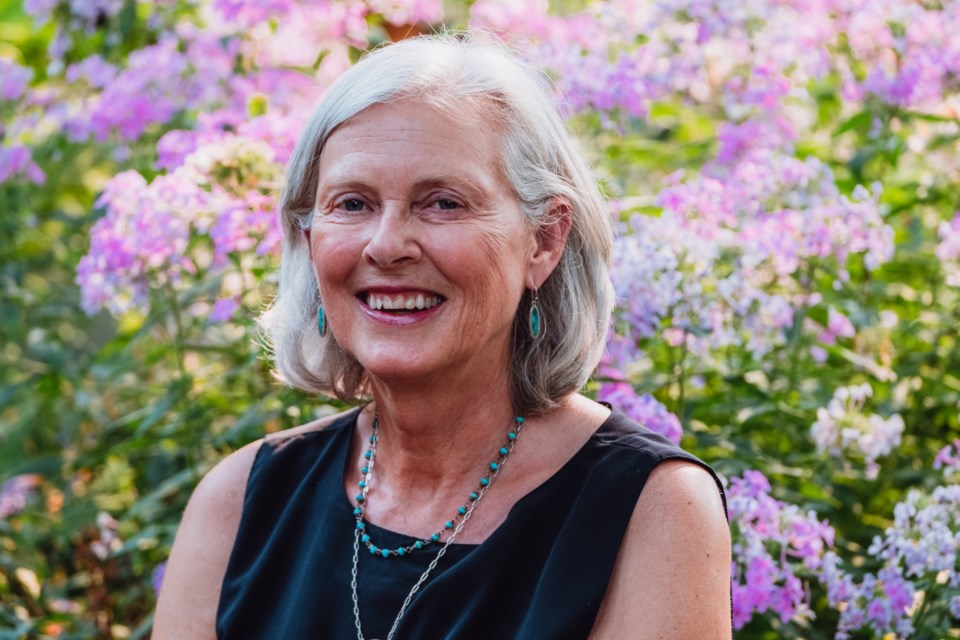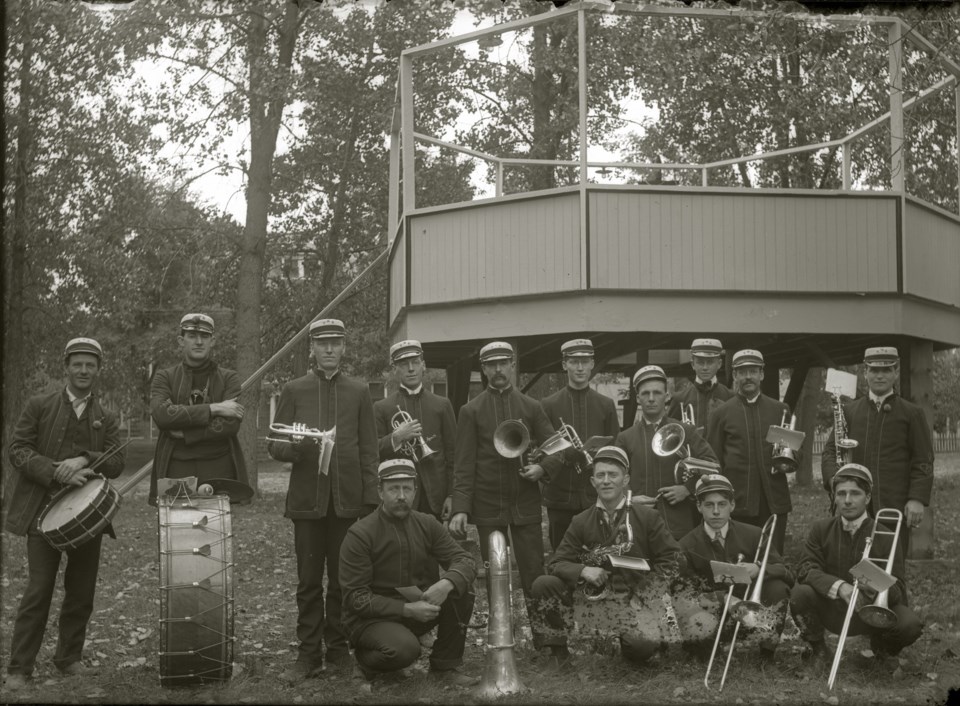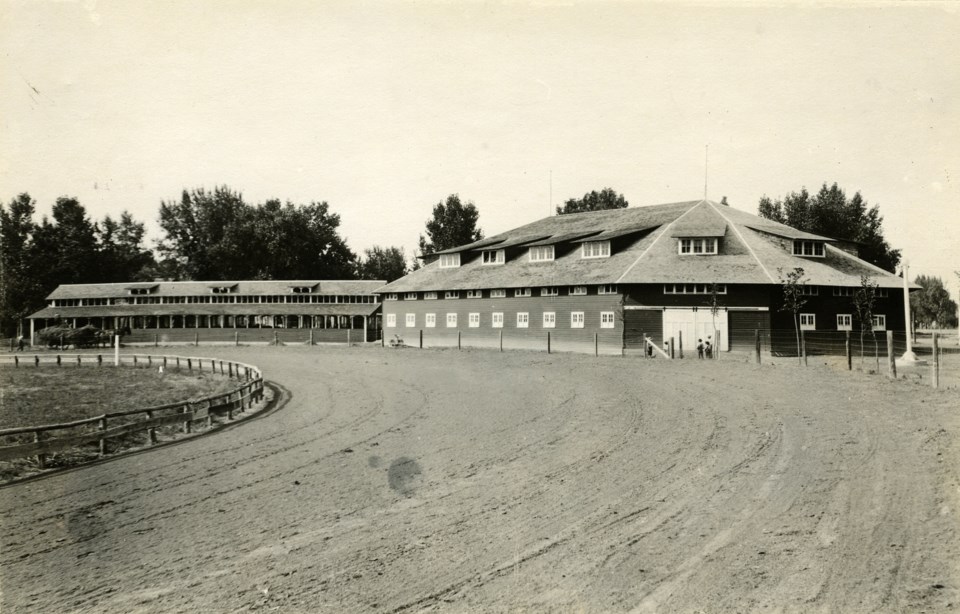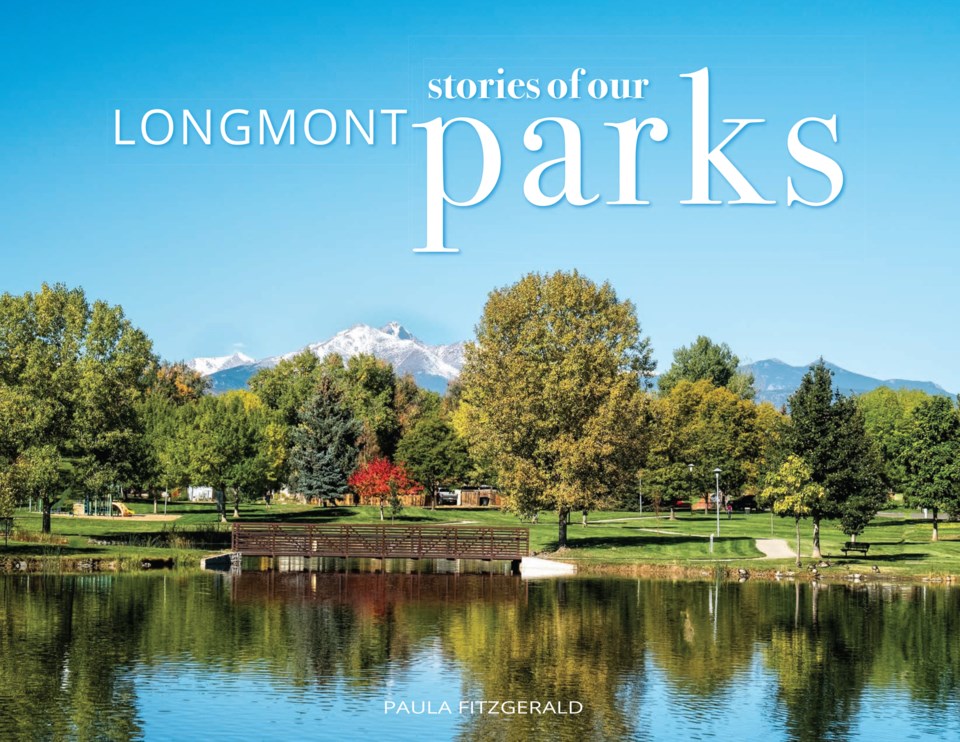Parks were always part of the plan for the original Chicago-Colorado colony that would become Longmont. The original town plat included Collyer, Thompson and Roosevelt parks, vital pieces of green space as old as the town itself. At the dedication of Lanyon Park in 1971, Mayor Al Zlaten said, "Hindsight will point out the errors we've made, but I doubt very much if we'll ever be criticized for establishing too many parks."
Though Longmont has certainly grown and changed since the original Chicago-Colorado colony was founded, the expansion of the parks system from the first three to the current thirty-one parks leaves little room for complaint.
 Paula Fitzgerald (courtesy photo)
Paula Fitzgerald (courtesy photo)Fitzgerald, who grew up in Colorado and moved to Longmont in the 80s, enjoyed putting together this history. “Digging through the files, you find some real gems.” she said. “It’s a testament to the importance of the parks, that they were part of the initial development of the town.”
Parks like Thompson were multi-function as the town grew, and it’s needs along with it. From Fitzgerald’s book and the town records, Judge F.P. Secor rented Thompson Park for $14 a month to graze milk cows along with several of his neighbors, dating back to the 1890s.
 Longmont Coronet Band playing in Thompson Park (photo courtesy of Longmont Museum)
Longmont Coronet Band playing in Thompson Park (photo courtesy of Longmont Museum)The Longmont Coronet Band, associated with a local Boy Scout troop, would play in the parks every summer, in the bandshell that was eventually torn down in 1969. The band got particularly famous for playing a concert atop Longs Peak.
Longmont native and Board Treasurer of the Firehouse Art Center Christy Felton said that Thompson Park is her favorite spot in town. “I like that it has big, old, beautiful trees but isn't as busy as Roosevelt Park. It is fantastically shady in the summer.”
Those big old trees date back to the early days of the park, planted by the women of Longmont and watered with buckets hauled from St. Vrain Creek.
.jpg;w=960) Tower of Compassion in Kanemoto Park (photo by Matt Maenpaa)
Tower of Compassion in Kanemoto Park (photo by Matt Maenpaa)Kanemoto Park, in eastern Longmont’s Southmoor Park neighborhood, stands out amongst the trees and houses in the area. The Japanese-style temple was commissioned by the Kanemoto family in 1972, after the Kanemoto brothers took a trip to Japan and fell in love with the architectural style.
The park itself, established in 1966, was donated by the Kanemoto family and named after their father, Goroku. Goroku Kanemoto immigrated from Japan in 1910, worked on the railroad and eventually moved to farming. Though he tragically died in an automobile accident in 1935, the Kanemoto family has continued his Longmont legacy to this day. The temple, named the Tower of Compassion, is marked by a traditional torii gate as well as a nearby stand of cherry blossoms.
.jpg;w=960) Torii Gate in Kanemoto Park (photo by Matt Maenpaa)
Torii Gate in Kanemoto Park (photo by Matt Maenpaa)Erik Mason, the curator for the Longmont Museum, helped Fitzgerald with archival research and photos of the parks. Mason released his own book, “Longmont: The First 150 Years” in November.
“In the end, history is really about people and place,” Mason said. “Longmont’s population has boomed in the last few decades. Most people don’t have three generations of history in this town, these books help give them that history and make connections to these places.”
Mason and Fitzgerald both brought up Roosevelt Park when asked about unique pieces of history with the parks. Originally called Lake Park, it featured a skating rink and a small lake fed by a drainage ditch. Eventually the lake was filled in, and it would pass through several more iterations. “It’s cool to see how it has evolved through different names, entities and purposes,” Mason said.
 Roosevelt Park racetrack around 1876 (photo courtesy of Longmont Museum)
Roosevelt Park racetrack around 1876 (photo courtesy of Longmont Museum)An excerpt from Fitzgerald’s book recalls the change from ‘Lake Park’ to ‘Longmont Driving Park.’ As reported by the Longmont Ledger in 1876, "A scheme has been inaugurated among our citizens to fill up the lake at the north end of Terry Street, level it off and locate a racecourse there. Personally, we have very little use for a racecourse, although anything aside from a slaughter yard would be preferable to that unsightly, filthy, stinking, disease-breeding frog pond, which now occupies that spot."
Before the Boulder County Fairgrounds at Hover & Nelson, the County Fair was held in Roosevelt Park. “The Parks Department had to give up their offices for sheep and chickens during the fair, working out of their trucks,” Fitzgerald explained. “And then after the fair was done, they had two weeks to re-sod the entire park so that the Longmont football teams could play.”
Fitzgerald was glad to release the book this year, not only to coincide with the anniversary, but as an ode to the parks during a particularly hard year. “The pandemic has really brought forward the need for our parks, and to get outside. People’s appreciation seems to have grown even more this year.”
“Of all the city infrastructure, parks are really where a lot of memories are made, and those memories can be the glue that hold the community together.” Fitzgerald said. “My hope is that through this book, readers will learn the rich history of the Longmont Park System and realize our collective role in their stewardship.”
Fitzgerald continues her work with parks and open spaces, sitting on the advisory board for Boulder County Parks & Open Space. Her book can be purchased through the Longmont Museum, online through the City of Longmont, at Barbed Wire Books, and the Used Book Emporium. The book can also be checked out through the Longmont Library.



